Re-balance Cycle Reminder All MyPlanIQ’s newsletters are archived here.
For regular SAA and TAA portfolios, the next re-balance will be on Monday, October 5, 2015. You can also find the re-balance calendar for 2015 on ‘Dashboard‘ page once you log in.
As a reminder to expert users: advanced portfolios are still re-balanced based on their original re-balance schedules and they are not the same as those used in Strategic and Tactical Asset Allocation (SAA and TAA) portfolios of a plan.
Please note that we now list the next re-balance date on every portfolio page.
Market Rout Creates An Opportunity to Reposition Your Portfolios
Over times, we have heard from many users, most of them new but some are old, that it is hard for them to start a correct portfolio, given stock market’s elevated levels. These portfolios can be strategic or tactical. Recent stock market correction has created an opportunity to adjust your investment portfolios. In this newsletter, we would like to discuss how to position new or old portfolios by taking the advantage of current correction.
Regular Strategic Asset Allocation (SAA) Portfolios
For an existing SAA portfolio, there isn’t much one needs to do other than following the rebalance instructions regularly. However, it is a good time to review your portfolio’s risk profile and see whether it has too much or too little risk exposure. If it has much risk exposure (i.e. too much stock exposure), it is not too late to sell some stocks to pare down its exposure. Current market rout is far from a ‘crash’, it is merely a -9.7% correction. If a bear market or crash materializes, current correction would be considered to be the first phase of decline and it will have far more to decline (see our previous newsletter August 24, 2015: Market Rout And Your Portfolios for some more discussions).
If your portfolio’s stock exposure is too low, or you have new money to invest or you just start a new portfolio, current market rout actually presents a good entry point to increase stock exposure. Depending on the amount of your money (relative to your investment size), you can either increase stock exposure at one shot or you can follow a well known Dollar Cost Average (DCA) method to invest: you divide the new money that should be in stocks (or risk assets) into several chunks such as 2 or 3 and then invest each chunk in a time interval such as a month. For example, if you decide to DCA in 3 chunks, you would invest 1/3 each into stocks each month. Doing so, you would smooth out your investment and hopefully catch further cheaper price when markets decline while in the meantime, it guarantees you to adjust your portfolio to the target risk level you desire.
Sometimes, during market crash, it can create a far better buying opportunity in a short amount of time. You can also tweak the above method by investing another chunk of money to stocks when the market declines in a pre-set percentage. For example, if you set your market decline percentage as 10%, you would invest 1st chunk when it has declined 10% (about right now, for example), and then the 2nd chunk when it declines another 10%. So roughly, you would invest all your money after the market has declined 30% or so. You can combine this with the time based DCA described above or just use this alone. Notice using this decline by x percent alone might get you into a situation where you can not finish investing all of your money. So you might need to weigh on the pros and cons on the approaches.
Regular Tactical Asset Allocation (TAA) Portfolios
For regular TAA portfolio investors, the key here is to follow the rebalance instructions. As we stated several times before, TAA excels when markets are under stress. On the other hand, it can incur many subsequent losses because of its false guess of trend changes. Investors should realize that no strategy can 100% correctly predict markets. What the strategy does is to rely on an above average probability to capture secular or big market movements. The large secular upside trends it latches on and the large downside trends it avoids hopefully not only compensate for the losses it incur due to erroneous guesses but also deliver reasonable returns that match or outperform long term market returns.
At the moment, all of the major risk assets have negative trend scores:
Asset Class Trends (As of 09/04/2015)
| Asset Class | Trend Score |
|---|---|
| US Bonds | 0.7% |
| Cash | 0.0% |
| High Yield Bonds | -0.4% |
| Intl Bonds | -1.4% |
| Gold | -3.7% |
| US Stocks | -5.4% |
| US REITs | -6.2% |
| Global Real Estate | -10.3% |
| Intl Stocks | -10.5% |
| Commodities | -13.5% |
| Emerging Mkt Stocks | -16.0% |
Furthermore, the 5 major risk asset classes all have suffered from the so called ‘death cross’ – 50 day moving average crosses under 200 day moving average:
Interested readers can look at the portfolio Vanguard 500 VFINX SMA 50 and 200 Crossover Golden Cross that uses 200 days and 50 days moving average cross as buy/sell signals (for those who are not familiar, when 50 days moving average crosses above 200 days moving average, it is called ‘golden cross’ while when 50 day moving average crosses under 200 days moving average, it is called ‘death cross’):
| Name | YTD* Return |
1Yr AR** |
3Yr AR** |
5Yr AR** |
10Yr AR** |
Since 3/31/1988 |
|---|---|---|---|---|---|---|
| Vanguard 500 VFINX SMA 50 and 200 Crossover Golden Cross | -3.5% | 0.1% | 14.0% | 10.5% | 9.2% | 10.6% |
| VFINX (Vanguard (S&P 500) Index) | -5.4% | -1.9% | 13.2% | 13.9% | 6.8% | 9.8% |
| VBINX (Vanguard Balance (60% stocks/40% bonds) | -2.7% | -0.2% | 8.6% | 9.8% | 6.4% | N/A |
This portfolio has 19% peak to trough maximum drawdown (loss), compared with 55% of VFINX.
To summarize, no strategy or person in the world can predict future accurately. However, adopting a good portfolio construction methodology and utilizing an opportunity presented by markets to reposition your portfolios are some sound steps one can take.
Market Overview
As stated above, risk markets are all in downtrend. However, markets are not all under a clear one sided downtrend. For example, small cap growth stocks are still ranked higher than large cap stocks, similarly, consumer discretionary stocks are still ranked higher than traditional ‘defensive’ stocks such as consumer stabples. All of these are indicating markets are still in a deciding mode to turn down. Moreover, based on Hussman, investors intelligence still reports that the percentage of bearish investment advisors is merely at 26.8%, a far cry to be out right bearish.
For more detailed asset trend scores, please refer to 360° Market Overview.
We would like to remind our readers that markets are more precarious now than other times in the last 5 years. It is a good time and imperative to adjust to a risk level you are comfortable with right now. However, recognizing our deficiency to predict the markets, we will stay on course.
We again copy our position statements (from previous newsletters):
Our position has not changed: We still maintain our cautious attitude to the recent stock market strength. Again, we have not seen any meaningful or substantial structural change in the U.S., European and emerging market economies. However, we will let markets sort this out and will try to take advantage over its irrational behavior if it is possible.
We again would like to stress for any new investor and new money, the best way to step into this kind of markets is through dollar cost average (DCA), i.e. invest and/or follow a model portfolio in several phases (such as 2 or 3 months) instead of the whole sum at one shot.
Latest Articles
- August 31, 2015: Review of Asset Allocation Funds and Portfolios
- August 24, 2015: Market Rout And Your Portfolios
- August 17, 2015: ETF or Mutual Fund Based Portfolios
- August 10, 2015: Updated Newsletter Collection
- August 3, 2015: Slippery Asset Trends
- July 27, 2015: Performance Dispersion Among Momentum Based Portfolios
- July 20, 2015: Global Balanced Portfolio Benchmarks
- July 13, 2015: Pain in Tactical Portfolios
- July 6, 2015: Fixed Income Total Return Bond Funds In Strategic Asset Allocation Portfolios
- June 29, 2015: Core ETF Commission Free Portfolios
- June 22, 2015: Secular Asset Trends
- June 15, 2015: Giving Up Bonds?
- June 1, 2015: Summer Blues?
- May 26, 2015: Cash, Bonds and Stocks In A Rising Rate Environment
- May 18, 2015: Portfolio Update
- May 11, 2015: Pain in Fixed Income?
- May 4, 2015: The Balanced Stock and Long Term Treasury Bond Portfolios
- April 27, 2015: Long Term Treasury Bond Behavior
- April 20, 2015: 529 College Savings Plan Rebalance Policy Change
- April 13, 2015: Total Return Bond Funds As Smart Cash
- April 6, 2015: The Low Return Environment
- March 30, 2015: Brokerage Specific Core Mutual Fund Portfolios 2
- March 23, 2015: Investment Arithmetic for Long Term Investments
- March 16, 2015: Brokerage Specific Core Mutual Fund Portfolios
- March 9, 2015: Newsletter Collection Update
- March 2, 2015: Total Return Bond ETFs
- February 23, 2015: Why Is Global Tactical Asset Allocation Not Popular?
- February 16, 2015: Where Are Permanent Portfolios Going?
- February 9, 2015: How Have Asset Allocation Funds Done?
- February 2, 2015: Risk Management Everywhere
- January 26, 2015: Composite Portfolios Review
- January 19, 2015: Fixed Income Investing Review
- January 12, 2015: How Does Trend Following Tactical Asset Allocation Strategy Deliver Returns
- January 5, 2015: When Forecast Fails
- December 22, 2014: Long Term Asset Returns: How Long Is Long?
- December 15, 2014: Beaten Down Assets
- December 8, 2014: Implementing Core Asset Portfolios In a Brokerage
- December 1, 2014: Two Key Issues of Investment Strategies
- November 24, 2014: Holiday Readings
- November 17, 2014: Retirement Spending Portfolios Update
- November 10, 2014: Fixed Income Or Cash
- November 3, 2014: Asset Trend Review
- October 27, 2014: Investment Loss, Mistakes And Market Cycles
- October 20, 2014: Strategic Portfolios With Managed Volatility
- October 13, 2014: Embrace Volatility
- October 6, 2014: Tips For 401k Open Enrollment
- September 29, 2014: What Can We Learn From Bill Gross’ Departure From PIMCO?
- September 22, 2014: Why Total Return Bond Funds?
- September 15, 2014: Equity And Total Return Bond Fund Composite Portfolios
- September 8, 2014: Momentum Based Portfolios Review
- September 1, 2014: Risk & Diversification: Mint.com Interview
- August 25, 2014: Remember Risk
- August 18, 2014: Consistency, The Most Important Edge In Investing: Tactical Case
- August 11, 2014: What To Do In Overvalued Stock Markets
- August 4, 2014: Is This The Peak Or Correction?
- July 28, 2014: Stock Musings
- July 21, 2014: Permanent Portfolios & Four Pillar Foundation Based Framework
- July 14, 2014: Composite Portfolios Review
- July 7, 2014: Portfolio Behavior During Market Corrections
- June 30, 2014: Half Year Brokerage ETF and Mutual Fund Portfolios Review
- June 23, 2014: Newsletter Collection Update
- June 16, 2014: There Are Always Lottery Winners
- June 9, 2014: The Arithmetic of Investment Mistakes
- June 2, 2014: Tips On Portfolio Rebalance
- May 26, 2014: In Praise Of Low Cost Core Asset Class Based Portfolios
- May 19, 2014: Consistency, The Most Important Edge In Investing: Strategic Case
- May 12, 2014: How To Handle An Elevated Overvalued Market
- May 5, 2014: Asset Allocation Funds Review
- April 28, 2014: Now The Economy Backs To The ‘Old Normal’, Should Our Investments Too?
- April 21, 2014: Total Return Bond Investing In The Current Market Environment
Enjoy Newsletter
How can we improve this newsletter? Please take our survey
–Thanks to those who have already contributed — we appreciate it.

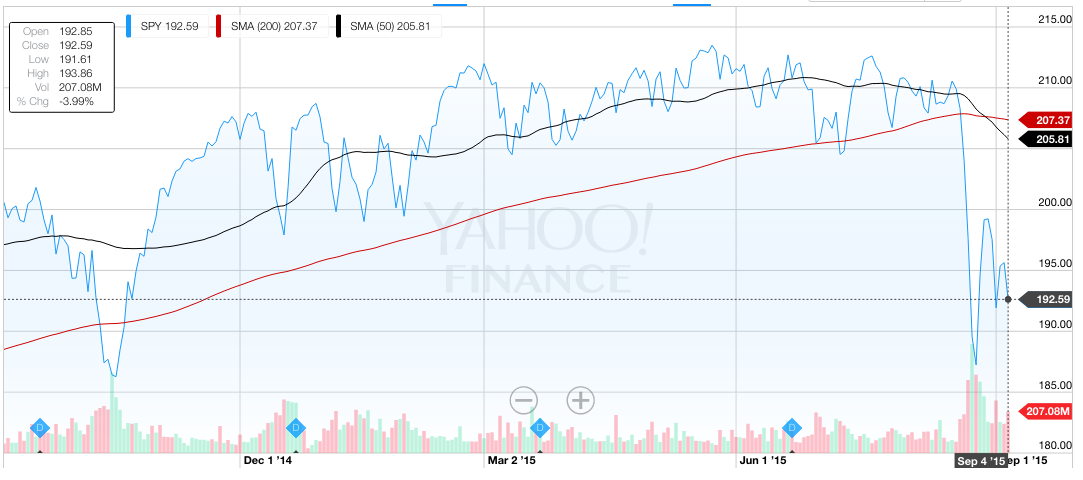
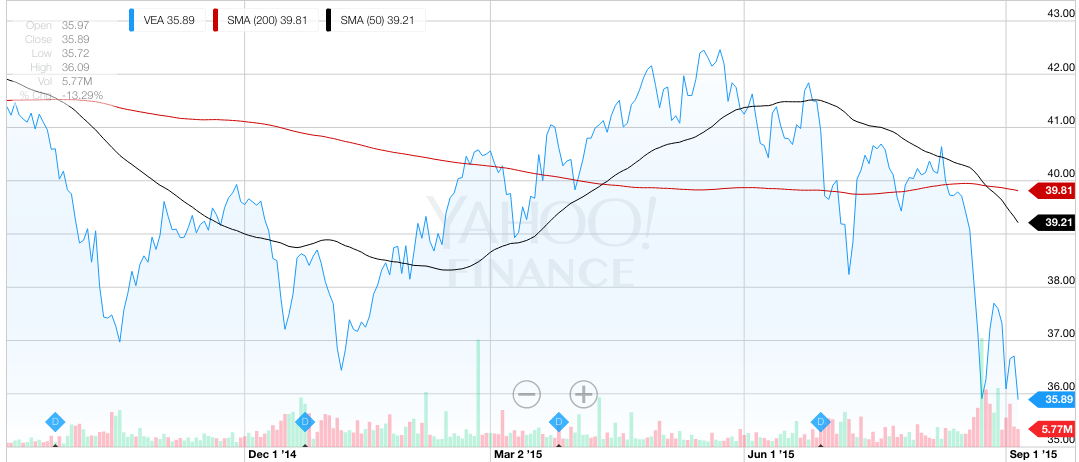
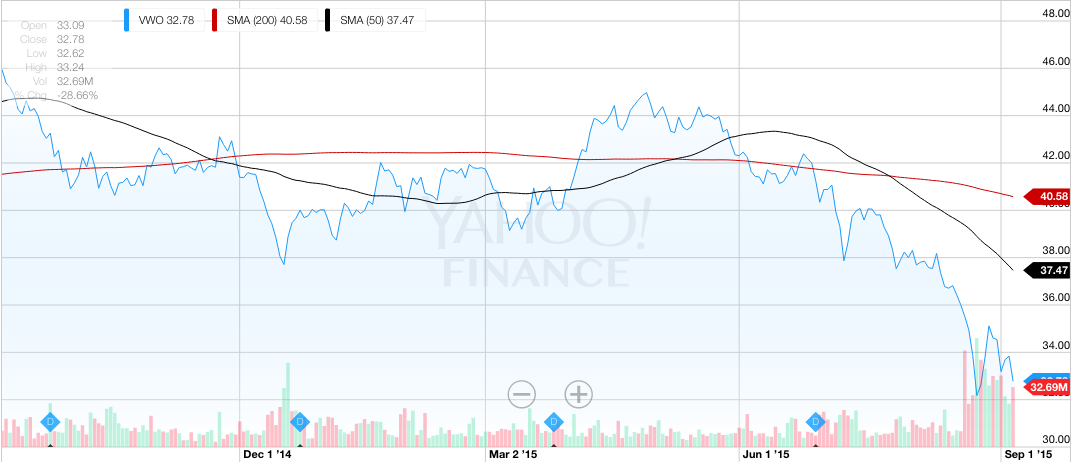
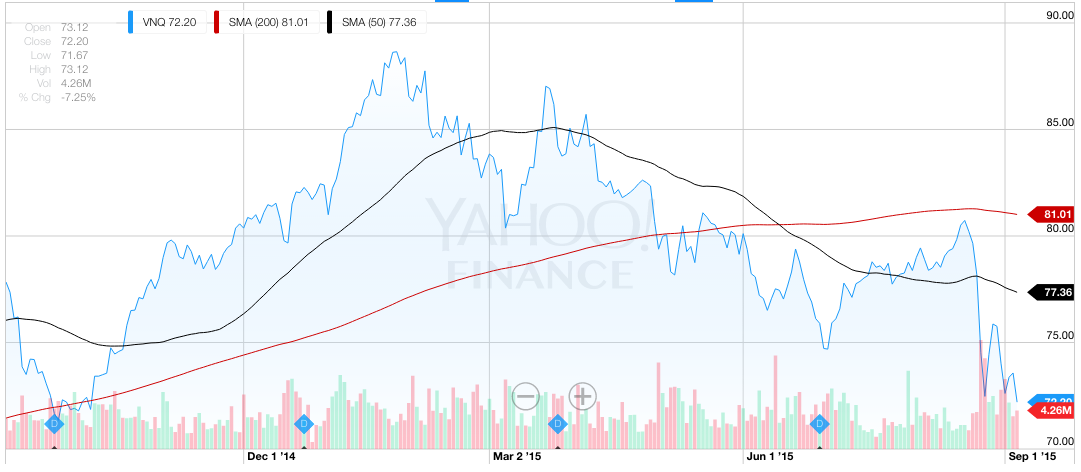
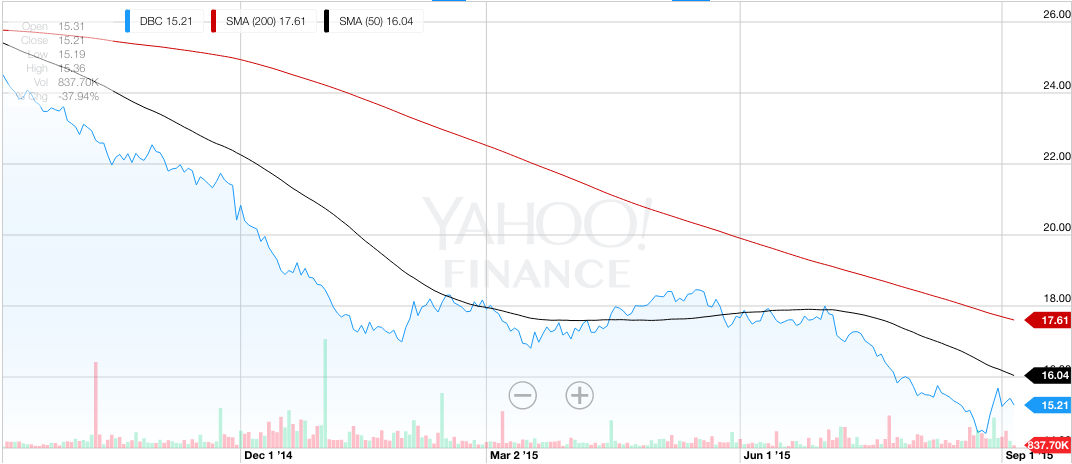

 Diversified Asset Allocation Portfolios For Your Plans
Diversified Asset Allocation Portfolios For Your Plans
